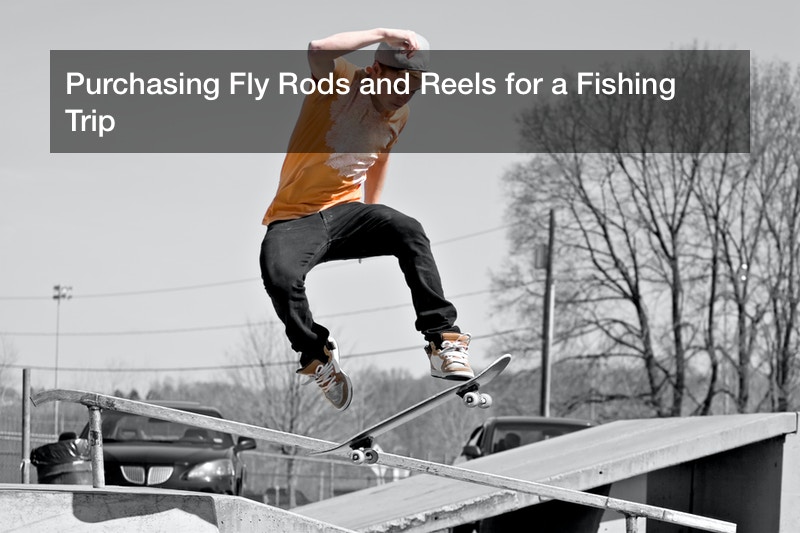
Fishing is a popular outdoor sport around the world today, and there is more than one away to fish. Aside from “regular fishing,” there is also fly fishing, which requires gear such as fly rods, fly rod reels, and fly fishing outfits and fly fishing gear bags. It may take some practice to perform fly fishing correctly, but it may prove great fun for any outdoor enthusiast, and it has some advantages over conventional fishing methods. Anyone interested in getting into fly fishing can visit outdoor retailers to get all the gear they need, such as specialized fly rods, and learn how to go fly fishing correctly with an experienced angler. A fly fisher isn’t alone out there; in 2017, nearly 11.6 million American youths aged six to 17 years went fishing, and some of them may be fly fishing in particular. Overall, some 51.59 million people went fishing in that year.
Getting the Right Gear for Fly Fishing
Someone who is getting into fly fishing for the first time can, as mentioned earlier, visit outdoor supply retailers to get everything they need. While there, the customer can meet store associates and get their input on which fly rods and reels are best for their budget and their needs, since there may be many different fly rods and reels to choose from. In addition, a fly fisher can buy some artificial bait, some line, and a gear bag where they can store everything they need for a trip. Even the right clothes are a must, since fly fishing means standing in the middle of a creek or stream while fishing. To avoid getting chilled and soaked, a fly fisher will wear tall, warm rubber boots, and such boots may combine to form overalls for a complete fly fishing outfit. While regular anglers may sit or stand on piers or boats, a fly fisher will have the most success while standing knee deep to waist deep in the water, so those boots are a must.
Going Fly Fishing
A fly fisher may then visit local streams and creeks to go fishing, and if this is their first time, they ought to have one or more experienced anglers with them and show them how this is done. What is there to learn? For one thing, casting the rod is different with fly fishing than regular fishing, since a fly fishing lure is too light to draw out the line. Instead of using the bait’s weight, the fly fisher will cast the line itself, and doing this correctly will take some practice. But when it is done correctly, this allows the line and lure to land lightly on the water, so there is no disruptive splash that might scare fish away. Fly fishing bait is designed to mimic an insect, and it may be covered in feathers for that effect. Still, a fly fisher might opt to use real live bait, such as crickets or certain types of worms.
A fly fisher may also bring along a vest with pockets in it, and this vest is a great way to carry around extra supplies, such as spare bait, a spare reel of line, and more. That fisher is encouraged to wear sunglasses during sunny weather, so their eyes are not strained by intense sunlight reflecting off the water’s surface. A wide-brimmed hat is ideal for keeping sunlight off the angler’s face and neck while fishing.
A fly fisher, like other anglers, may either catch the fish that they catch, or simply practice catch and release. Keeping fish means having a live capture bucket filled with water nearby, and an angler must be careful about following local wildlife conservation rules. Such rules place limits on the number of fish caught per species, and they will also define a minimum length for each fish caught. This helps maintain local breeding populations of the fish, so future anglers may enjoy that fishing spot as well. Otherwise, a fly fisher can catch a fish, remove the hook from its mouth, and simply return it to the water before it suffocates in the open air.
